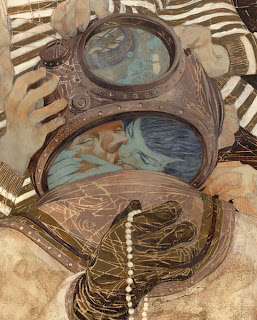Student Code Student Grade 2192 B+ 6453 C+ 2465 C+ 6756 A 1966 B+ 6879 B 4578 C- 8925 A+ 3778 A 8257 A- 3489 A 2457 B+ 8742 A- 1964 B- 3466 B-
And their breakdown:
Here's what the last three columns mean: the first is the simple sum of the points that you accumulated week after week. The 2nd to the last column shows the letter that corresponds to that number. When looking through those letters I felt that they didn't represent the true effort that you gave in class, so I bumped everyone up a few points. Those are the letters in the last column. Those are the letters that are in the college's record.
9/27/11 10/4/11 10/11/11 10/25/11 11/1/11 11/8/11 11/15/11 11/22/11 11/29/11 12/6/11 2192 10 4 8 8 8 7 9 9 7 8 78 C+ B+ 6453 6 8 9 5 6 5 5 5 8 8 65 D C+ 2465 8 7 7 5 6 9 10 5 9 8 74 C C+ 6756 10 8 8 10 9 10 10 10 10 9 94 A A 1966 9 8 7 10 6 8 9 10 10 8 85 B B+ 6879 10 9 7 0 7 7 10 8 4 8 70 C- B 4578 9 7 7 10 0 5 8 6 4 7 63 D- C- 8925 10 10 9 10 10 10 9 10 10 9 97 A+ A+ 3778 9 10 9 10 7 8 9 9 9 9 89 B+ A 8257 8 7 6 10 10 10 10 9 9 8 87 B+ A- 3489 9 9 10 10 8 10 10 10 10 9 95 A A 2457 10 9 10 10 8 7 8 6 6 8 82 B- B+ 8742 10 8 10 8 8 8 9 9 10 8 88 B+ A- 1964 9 7 8 10 0 10 9 8 7 8 76 C B- 3466 9 9 8 5 7 6 9 9 8 7 77 C+ B-

























































